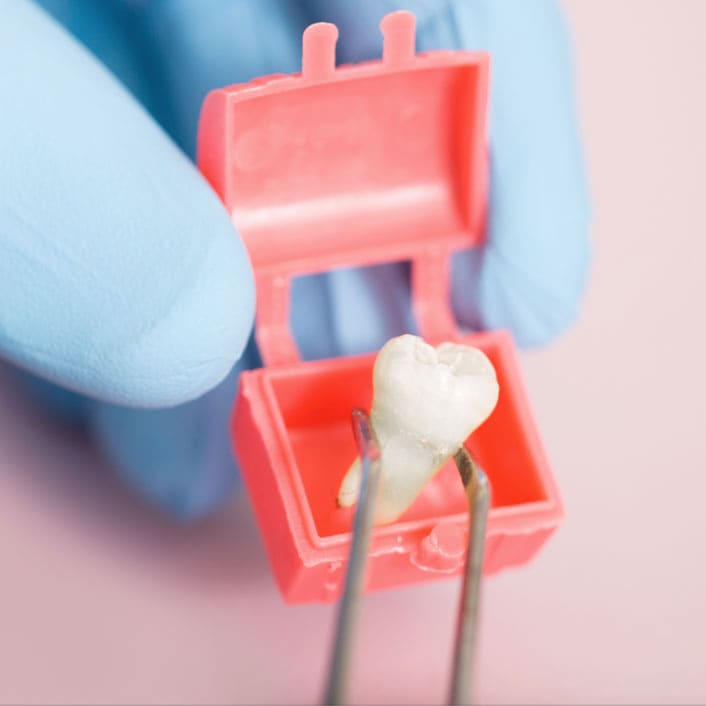Wisdom Tooth Extraction
Wisdom teeth extraction is a common oral surgery procedure to remove one or more wisdom teeth, the four permanent adult teeth at the back of your mouth.
These teeth typically erupt between the ages of 17 and 25, but sometimes there's not enough space in your jaw for them to come in properly.
Here's a breakdown of wisdom tooth extraction:
Why get them removed?
- Impaction: Wisdom teeth that are stuck or grow in sideways can cause pain, infection, damage to nearby teeth, or issues with chewing.
- Crowding: Wisdom teeth can push on other teeth, causing misalignment.
- Gum disease: Wisdom teeth that are partially erupted can trap food and bacteria, leading to gum inflammation.
The Procedure:
- Consultation: A dentist or oral surgeon will examine your mouth and X-rays to determine if extraction is necessary and what type of anesthesia is best (local, sedation, or general).
- Extraction: The area around the tooth will be numbed. In some cases, an incision will be made in the gum and bone tissue may be removed to access the tooth. The tooth may be broken into sections for easier removal.
- Stitches may be used to close the incision.
Recovery:
- Swelling, discomfort, and bleeding are common for a few days after surgery.
- Painkillers, ice packs, and a special mouthwash will help manage discomfort and swelling.
- Soft foods and cool liquids are recommended for the first few days.
- Avoid strenuous activity and smoking for several days.
Following your dentist or oral surgeon's post-operative instructions is crucial for a smooth recovery.
Here are some additional things to consider:
- Not everyone needs their wisdom teeth removed.
- If you're considering wisdom teeth extraction, consult with a dentist or oral surgeon to discuss your individual situation.



